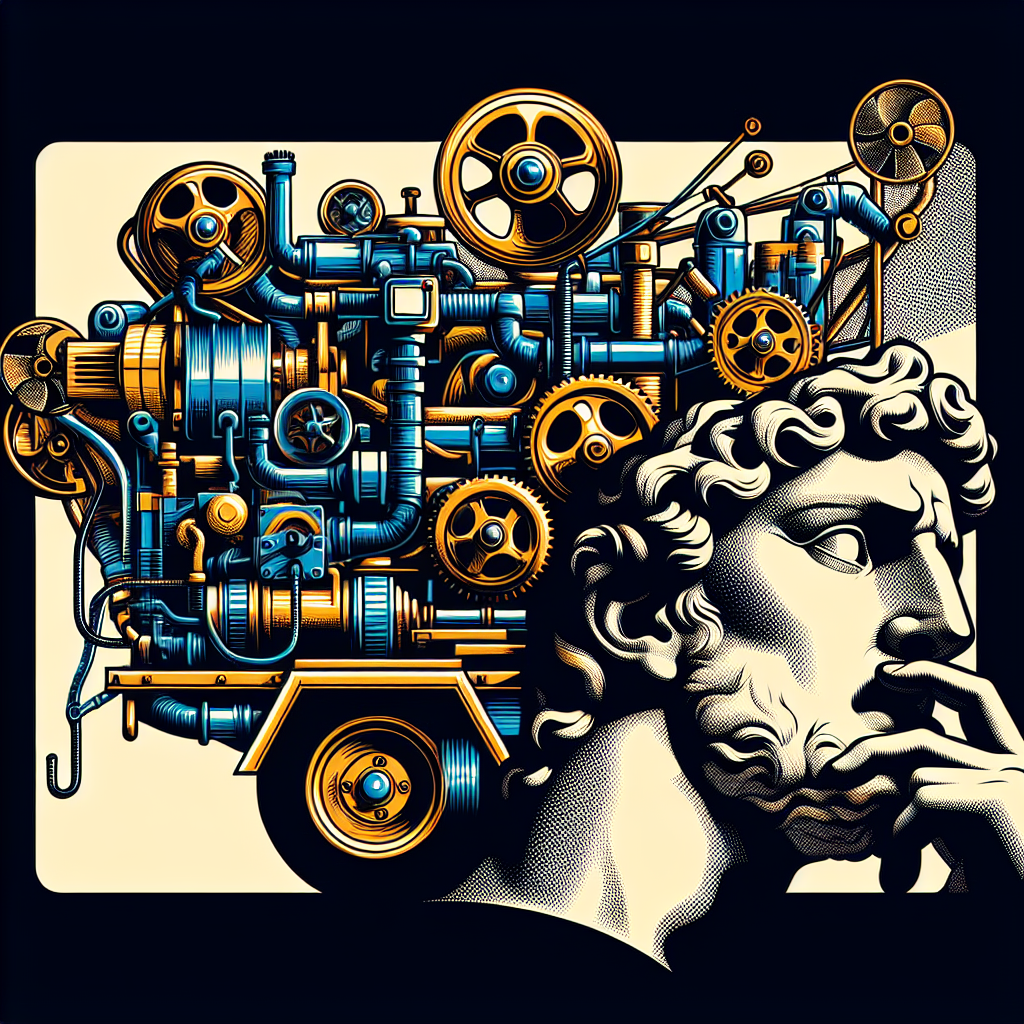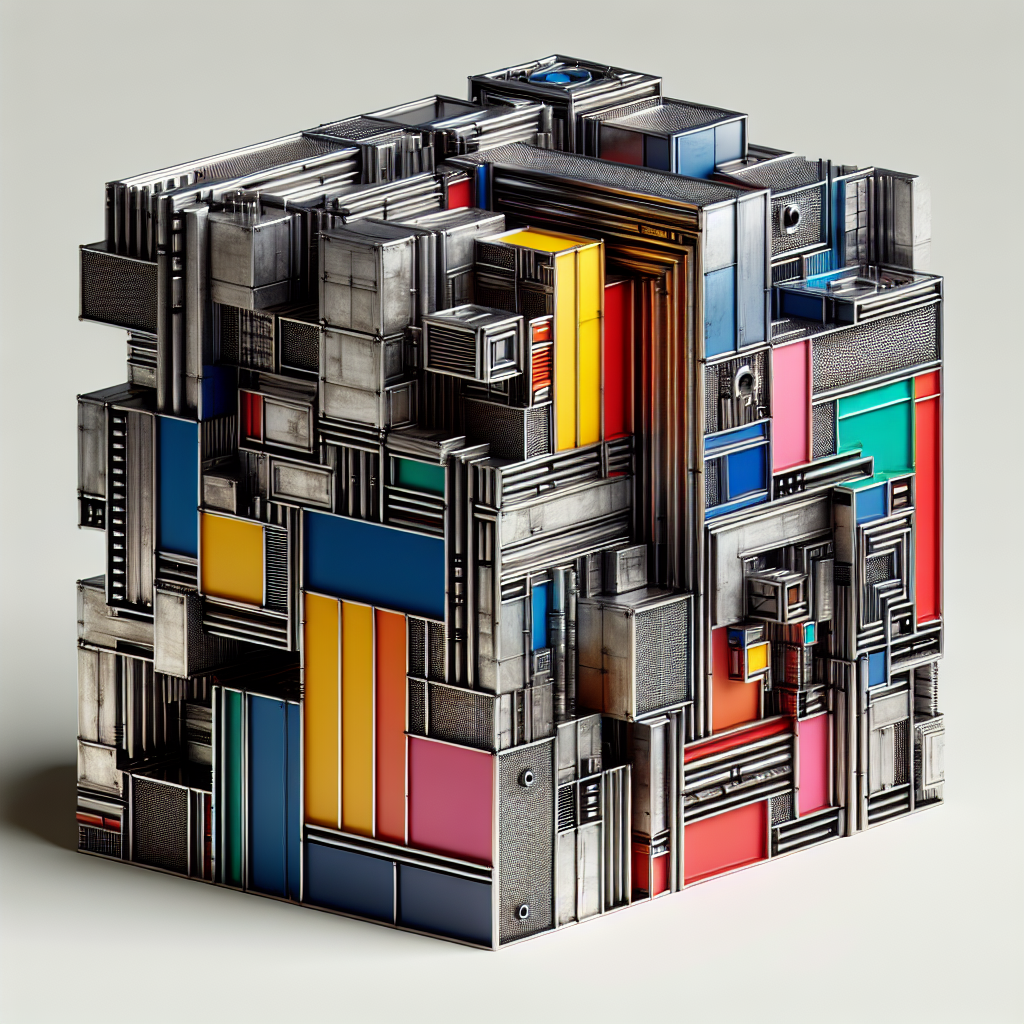-
Table of Contents
- Industrial Pop: Where the Harshness of Industrial Meets Pop Sensibilities
- Top 5 Tips for Understanding Industrial Pop
- Origins of Industrial Pop
- The Evolution of Industrial Music
- Characteristics of Industrial Pop
- Notable Artists and Tracks
- Cultural and Social Influences
- The Impact of Industrial Pop on Modern Music
- Conclusion
“`html
Industrial Pop: Where the Harshness of Industrial Meets Pop Sensibilities

Industrial pop is a fascinating genre that blends the raw, mechanical sounds of industrial music with the catchy, melodic elements of pop. This unique fusion creates a soundscape that is both abrasive and accessible, appealing to a diverse audience. In this article, we explore the origins, characteristics, and notable examples of industrial pop, providing insights into its growing popularity.
Top 5 Tips for Understanding Industrial Pop
- Recognize the fusion of industrial and pop elements.
- Explore the genre’s historical roots and evolution.
- Identify key artists and tracks that define the genre.
- Understand the cultural and social influences on industrial pop.
- Appreciate the genre’s impact on modern music trends.
Origins of Industrial Pop
The roots of industrial pop can be traced back to the late 1970s and early 1980s, when industrial music began to emerge as a genre characterized by its use of harsh, mechanical sounds and themes of dystopia and alienation. Bands like Throbbing Gristle and Cabaret Voltaire were pioneers in this space, laying the groundwork for future experimentation.
The Evolution of Industrial Music
As industrial music evolved, it began to incorporate more melodic and accessible elements, leading to the development of industrial pop. This shift was influenced by the rise of synthpop and new wave in the 1980s, which brought electronic music to mainstream audiences. Artists like Depeche Mode and Nine Inch Nails played a crucial role in bridging the gap between industrial and pop, creating a sound that was both edgy and commercially viable.
Characteristics of Industrial Pop
Industrial pop is defined by its unique blend of contrasting elements. Here are some key characteristics:
- Harsh Soundscapes: Industrial pop retains the abrasive textures and mechanical sounds of its industrial roots.
- Catchy Melodies: Despite its harshness, the genre incorporates catchy hooks and melodies typical of pop music.
- Electronic Influences: Synthesizers and electronic production techniques are central to the genre’s sound.
- Thematic Depth: Lyrics often explore themes of technology, dystopia, and societal issues.
Notable Artists and Tracks
Several artists have made significant contributions to the industrial pop genre. Here are a few notable examples:
| Artist | Notable Track |
|---|---|
| Nine Inch Nails | “Closer” |
| Depeche Mode | “Personal Jesus” |
| Grimes | “Oblivion” |
| La Roux | “Bulletproof” |
Cultural and Social Influences
Industrial pop is not just a musical genre; it is also a reflection of cultural and social dynamics. The genre often addresses themes of alienation, technology, and the human condition, resonating with audiences who feel disconnected from mainstream society. This thematic depth adds a layer of complexity to the music, making it more than just a fusion of sounds.
The Impact of Industrial Pop on Modern Music
Industrial pop has had a significant impact on modern music, influencing a wide range of genres from electronic dance music to alternative rock. Its ability to blend harshness with accessibility has inspired countless artists to experiment with new sounds and push the boundaries of what is considered mainstream.
Conclusion
Industrial pop is a genre that defies easy categorization, combining the harshness of industrial music with the sensibilities of pop. Its unique sound and thematic depth have made it a compelling force in the music world, influencing artists across genres and resonating with audiences seeking something different. As the genre continues to evolve, it will undoubtedly remain a vital part of the musical landscape.
For more information on the history and development of industrial music, you can visit Wikipedia.
“`




